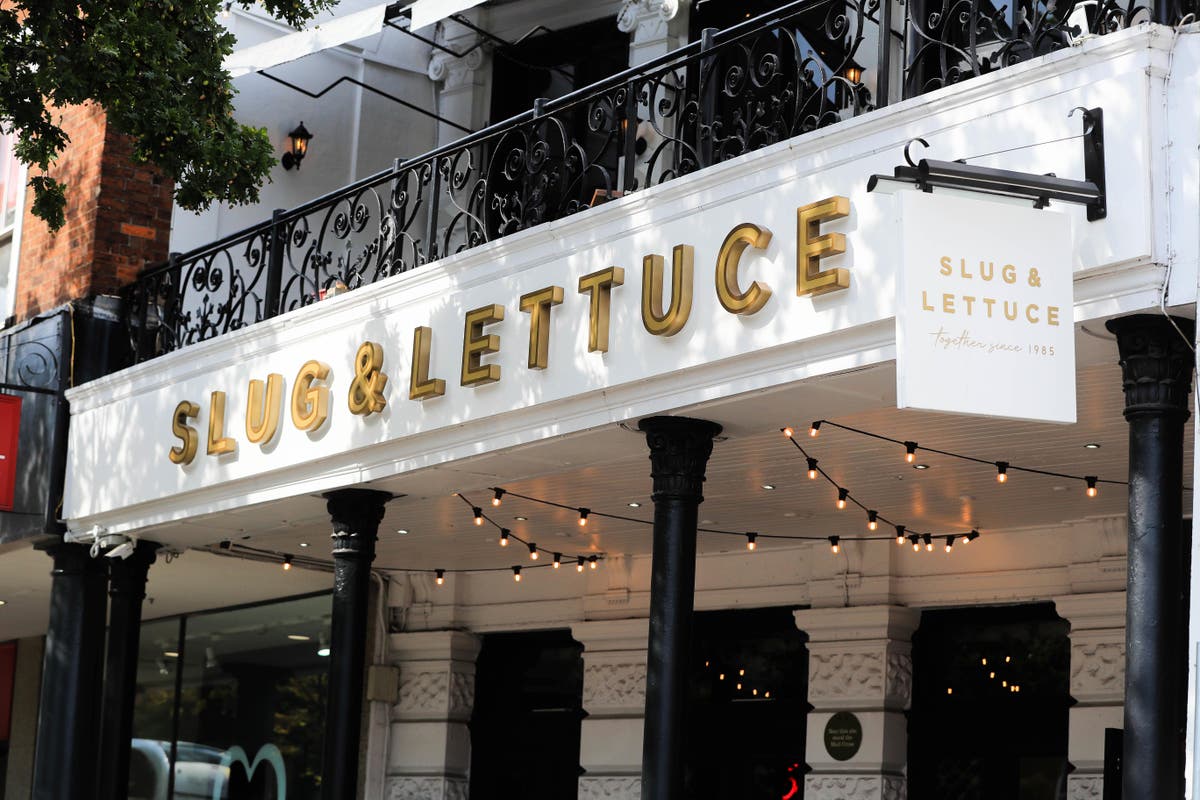Almost half of customers say retailers are growing their costs at instances of peak demand, in response to a brand new survey.
The method, generally known as “surge pricing”, sees retailers regulate their costs in response to produce and demand – that means prospects are charged increased costs after they want the merchandise probably the most.
The survey, printed by Barclays, revealed 47 per cent of respondents had observed a rising development of outlets utilizing “surge pricing”, additionally known as “dynamic pricing”.
It comes as customers grapple with a cost-of-living disaster, together with excessive costs and rates of interest at their highest stage since 2008.
Using “surge pricing” and “shrinkflation” – which is when retailers scale back the scale of an merchandise however preserve its worth – has sparked shopper distrust, in response to Esme Harwood, director at Barclays.
“Eagle-eyed customers have noticed extra examples of ‘surge pricing’ and ‘shrinkflation’ and have gotten sceptical in regards to the worth of grocery store loyalty schemes,” mentioned Ms Harwood. “Customers are additionally beginning to pull again their spending in some nonessential areas in order that they’ll put more cash apart for the festive season.”
The ballot additionally revealed that of the 47 per cent noticing “surge pricing”, 32 per cent have skilled pubs and bars elevating the value of foods and drinks at peak instances similar to evenings, weekends and through main sports activities occasions.
It follows pub firm Stonegate Group, which owns chains together with Slug & Lettuce and Yates, confirming final month it’ll cost prospects about 20p extra for a pint of beer at a few of its places through the busiest intervals to cowl rising prices.
However whereas some pubs and bars could also be charging extra when commerce is busier, simply 8 per cent of customers are prepared to pay extra to eat and drink out at standard instances, the survey discovered.
Those that are comfortable to pay surge costs are ready to spend a median of 70p extra for a pint of beer and an additional 60p for a glass of wine.
In the meantime, month-to-month Barclays spending knowledge discovered that the Rugby World Cup helped to drive spending at pubs and bars up by 6.1 per cent on final yr, but development slowed on eating places and takeaways as customers started to save cash for the festive interval.
Two in 5 Britons (40 per cent) anticipate this coming Christmas can be dearer than final yr, with 20 per cent shopping for presents already and 18 per cent chatting with family members to make a mutual settlement to chop again on gift-giving.
September’s solar contributed to a 4.2 per cent year-on-year improve in shopper card spending, considerably up on August’s 2.8 per cent.
Spending on nonessential objects was up 4 per cent – barely increased than August’s 2.8 per cent – as the hotter climate inspired Britons to go to the excessive road and socialise with family and friends.
Spending on important objects grew 4.6 per cent, significantly increased than final month’s 1 per cent, largely on account of a leap in gasoline spending pushed by rising petrol and diesel costs in addition to a 7 per cent improve in spending on groceries.
Worryingly, development sped up once more in September, which might be an early warning signal that meals costs could not come down as shortly as we’d hoped
Esme Harwood, director at Barclays
The survey additionally revealed that Britons are questioning the worth of grocery store loyalty schemes, with 67 per cent believing retailers inflate common costs to make promotional costs appear like a greater deal than they are surely.
The findings observe shopper group Which? warning that as much as a 3rd of loyalty provides at Tesco and Sainsbury’s are “not all they’re cracked as much as be” because it urged the competitors watchdog to analyze grocery store twin pricing.
Each Sainsbury’s and Tesco mentioned Which? did not take inflation into consideration when analysing costs and mentioned they adhere to Buying and selling Requirements guidelines on promotions.
Some 40 per cent of customers have observed supermarkets chopping the value of sure objects, similar to fruit and greens, bread and tinned meals.
The proportion of customers noticing examples of “shrinkflation” rose to 76 per cent in September from 71 per cent the month earlier than, with chocolate remaining probably the most cited product affected by the development.
Eagle-eyed customers have noticed extra examples of ‘surge pricing’ and ‘shrinkflation’ and have gotten sceptical in regards to the worth of grocery store loyalty schemes
Esme Harwood, director at Barclays
Some 59 per cent of customers have observed that some merchandise have modified their packaging in an effort to disguise the produce inside being smaller or weighing much less, whereas 68 per cent imagine supermarkets ought to put labels on merchandise telling prospects after they have shrunk in measurement or weight with out the value falling.
Ms Harwood added: “Grocery spending tapered off over the summer time, because of the long-awaited drop in meals worth inflation. Worryingly, development sped up once more in September, which might be an early warning signal that meals costs could not come down as shortly as we’d hoped.
Opinium surveyed 2,000 UK customers between September 22-26.



![Download Transformers: Rise of the Beasts (2023) BluRay Dual Audio [ORG 5.1 Hindi + English] 480p [450MB] | 720p [1.3GB] | 1080p [3.3GB] | 2160p [14GB] review 2 Transformers Rise of the Beasts Poster](https://newswind.co.uk/wp-content/uploads/2023/10/Transformers-Rise-of-the-Beasts-Poster-150x150.jpg)
![Download The Expatriate (2012) Dual Audio [Hindi + English] Bluray 480p [330MB] | 720p [800MB] | 1080p [1.7GB] review 3 The Expatriate](https://newswind.co.uk/wp-content/uploads/2023/10/The-Expatriate-150x150.jpg)




